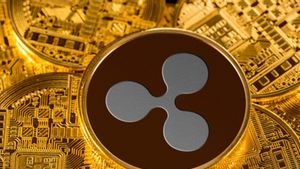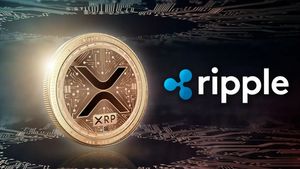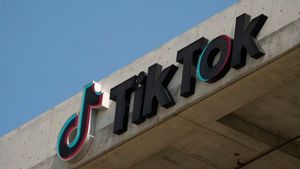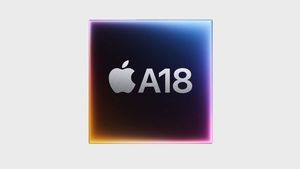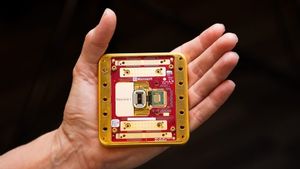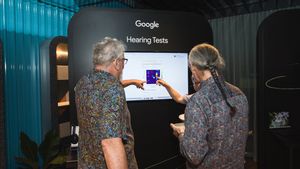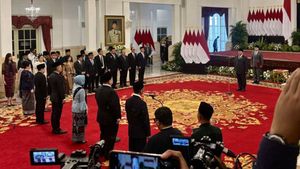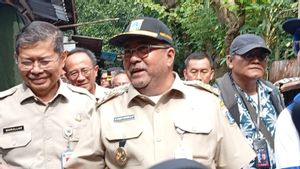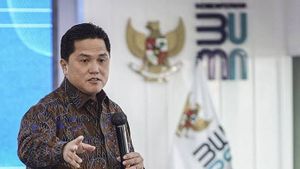JAKARTA - Ripple Labs, a global blockchain company, is getting closer to the launch of its newest stablecoin pegged at US dollar, RLUSD. This stablecoin has entered a private beta test phase on its XRP Ledger (XRPL) and Ethereum networks, with a number of minting and burning processes showing a close launch.
Since the beginning of the beta trial last August, RLUSD printing or minting activity has continued to increase. Based on data from the Ripple Stablecoin Tracker, between September 28 and 29, 1.7 million RLUSDs have been installed on both blockchains. This activity occurs in 12 transactions, with a large proportion of 50,000 RLUSD, and some of them reaching up to 480,000 RLUSD.
Ripple CEO Brad Garlinghouse first announced its intention to launch this stablecoin last April. He stressed that RLUSD will support Ripple's public blockchain growth, XRPL. "This stablecoin is part of our strategy to expand innovation in the digital financial sector," Garlinghouse said.
SEE ALSO:
However, the launch of the RLUSD is still awaiting approval from US authorities. The US Security and Exchange Authority (SEC) has been monitoring the project from the start, and Ripple is trying to get permission for launches to run without legal restrictions.
Garlinghouse also said that RLUSD's public trials will be available in the coming weeks, and this stablecoin is expected to provide stiff competition against USDT and USDC in the global market. Since USDC lost its peg value 18 months ago, Ripple sees a great opportunity to enter the stablecoin market.
In addition to minting activity, Ripple has also purchased small amounts of RLUSD as part of a private beta test. RLUSD is expected to be officially launched soon, providing new stablecoin options for users around the world.
The RLUSD stablecoin is expected to strengthen Ripple's position in the digital financial ecosystem and provide new competition in the stablecoin market which has been dominated by big players such as USDT and USDC.
The English, Chinese, Japanese, Arabic, and French versions are automatically generated by the AI. So there may still be inaccuracies in translating, please always see Indonesian as our main language. (system supported by DigitalSiber.id)



